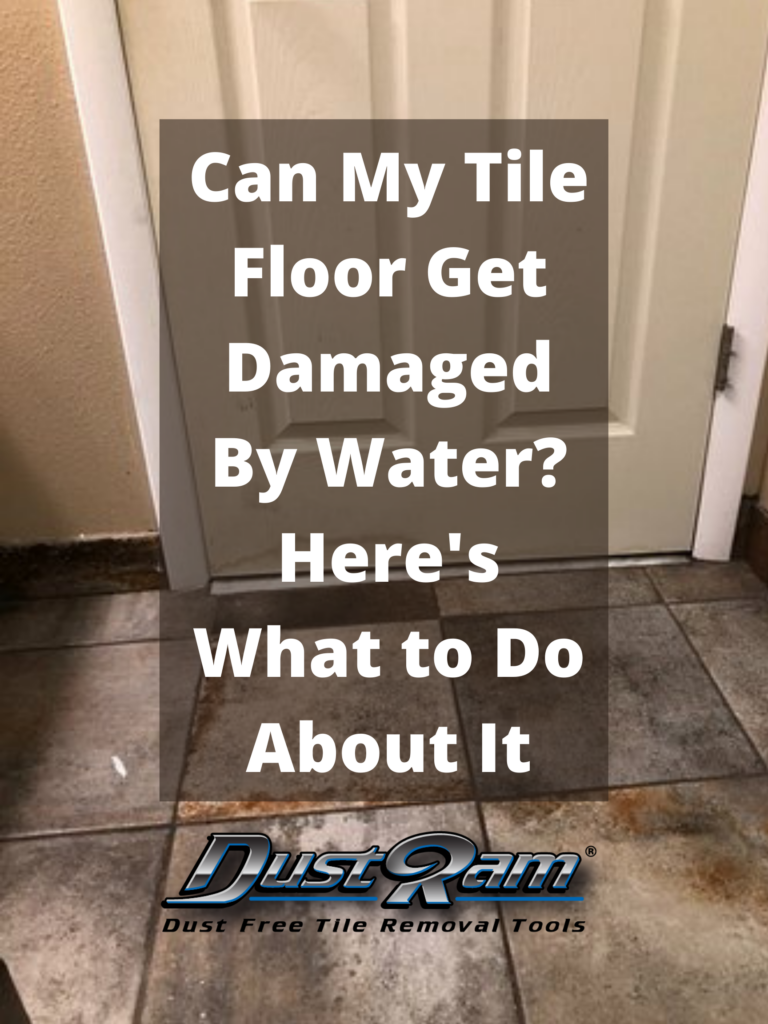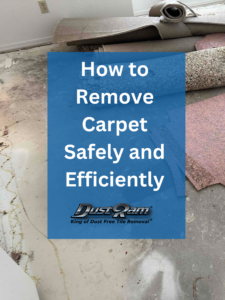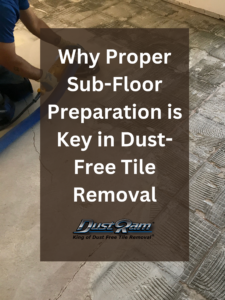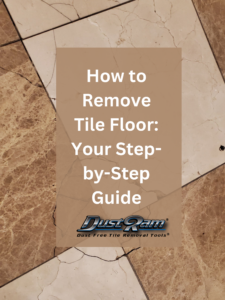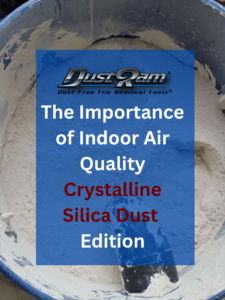Will Water Damage My Tile Flooring?
People consider tile as the most water-resistant flooring material, but do you know that the adhesive and grout that seal the tiles can get affected by water, thus damaging your floor? Standing water can seep through the tile and reduce the adhesive bond over time. The adhesive seal that cements the tile to the floor slowly deteriorates and you may notice that a few tiles are wobbling when you step on them.
Even though it may seem that only a few tiles are affected, the damage is usually much deeper than you think. In most cases, the entire surface underneath the floor gets affected. That means a flooring expert needs to rip off all the tiles, redo the floor, and install fresh tiles. Follow along with DustRam® for the inside scoop on water exposure and how it impacts your tile flooring.
How to Choose the Right Flooring for Your House?
Tile’s Water-Retaining Capacity
A tile’s water-retaining capacity depends on its density. How dense are the tiles installed on your floor? Are they travertine tile or porcelain tile? For example, travertine tile is not as dense as porcelain tile, and therefore, doesn’t have a high water-retaining capacity. It retains a significant amount of moisture and thus allows water to ooze through the substrate. Apart from the type of tile, the installation technique also contributes to the water-retaining capacity.
Floors with properly-installed tiles usually have a higher capacity to retain water. Therefore, you should make sure that you work with a dustless tile removal contractor and an experienced floor installation company that uses the latest machines to install the tiles on your floor.
How To Fix a Broken Tile Without Fully Replacing It?
Will Unsealed Grout Damage Tile Floors?
Grout ensures that each tile sticks to the floor properly. The floor installation experts seal the grout so that it doesn’t allow the tiles to wobble. However, amateurs who don’t have experience in tile installation may forget to seal the grout. Unsealed grout will make your tile floor vulnerable to water damage. Standing water underneath the floor will stain the grout, thus allowing bacteria and fungi to grow. They will soon develop mold spores and you will notice black stains on the corners of the tiles.
Floods are the Ultimate Enemy
Sometimes, floods can cause significant damage to your tile floor. If you don’t clear the water out soon, it will penetrate through the grout and affect the substrate. That’s why it is better to thoroughly dry and clean the floor to ensure that the standing water doesn’t affect the grout and adhesive underneath the tiles.
What Are the Signs It’s Time to Replace Your Flooring?
Identifying Water Damage on Tile Floors
How will you know whether there is water damage on your tile floor? It’s hard to tell just by looking at the floor from a distance. You need to inspect various tiles to check whether they are wobbling or if there are mold spores around the corner. Floor tiles usually become loose if your home was flooded due to rainwater.
Although ceramic tiles can withstand water for a long period, the adhesive and grout may become loose after a few months. On the other hand, a leaking pipe in the kitchen may drip water onto the floor. The tiles nearby may get affected due to this. The plywood or particleboard underneath the top surface would eventually cause dark stains or molds on the tiles. You would soon see the tiles becoming loose.
Videos – Past Projects – DustRam® Dust Free Tile Removal
Solution: Dealing with Water Damaged Tile?
How Neccessary Is Removing the Tile After Water Damage Has Occurred
One of the best ways to prevent water damage or repair the tiles after water damage is to rip all the tiles off, remove the water underneath, clean the entire surface, replace the particleboard, and use adhesive and grout to seal the tiles. Tile removal is a time-consuming job and may spread dust in your house. In fact, it’s not one of the safest jobs, especially with the amount of dust that emits while removing the tiles. But with time, the machines are now more advanced than ever.
Gone are the days when traditional tile removal involved creating a mess due to the dirt particles. It would also lead to respiratory problems, such as pulmonary fibrosis and silicosis, which eventually develops into lung cancer. Apart from the traditional tile removal technique, some companies also resort to virtually free tile removal. Although this is a slightly better method than the traditional technique, it is still not the safest. The experts use plastic and tapes to remove dirt particles. However, it’s not so effective since silica particles can travel easily into other rooms.
You may unknowingly breathe these particles that would eventually lead to breathing problems. Fortunately, we have come up with a different technique altogether that guarantees that there won’t be any dust particles left behind once we finish removing the tiles. Our dustless tile removal has already been tried and tested in various projects and it has worked wonders for us.
Dustless Tile Flooring Removal is the Safe Option
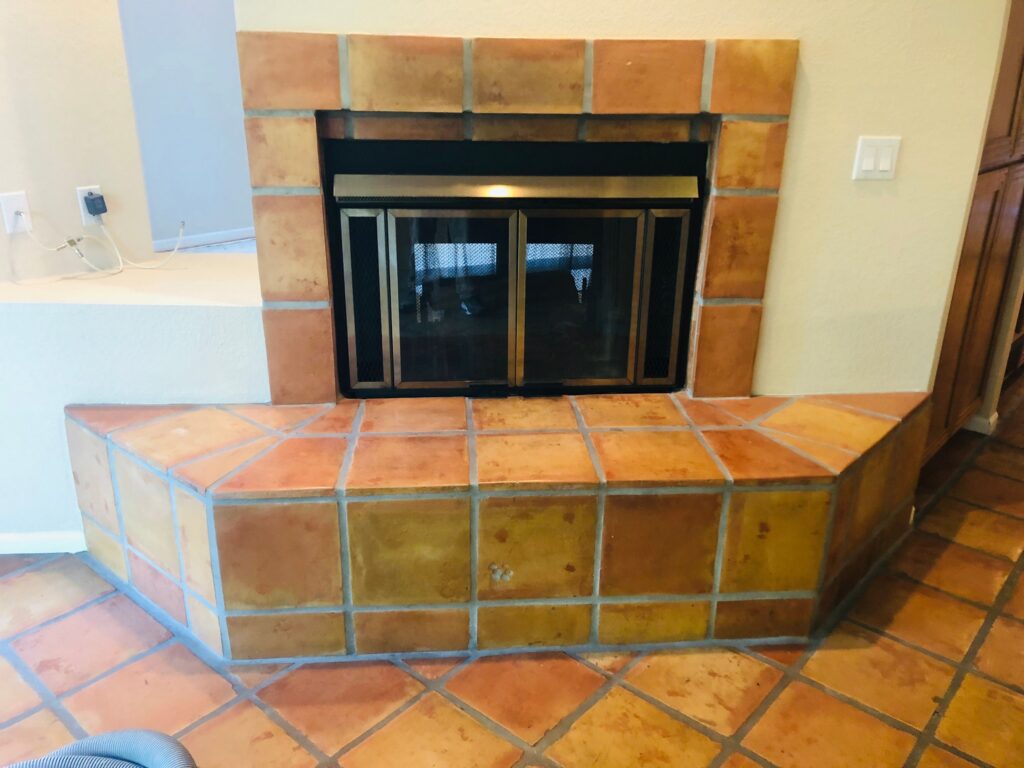
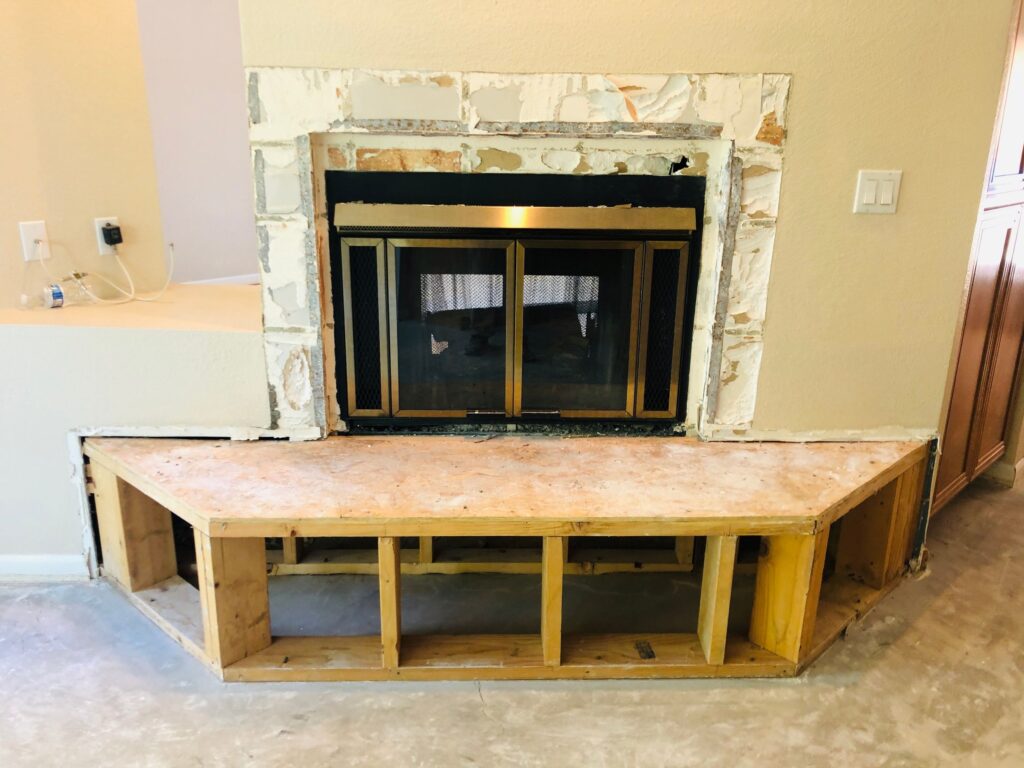
Dust-free tile removal is the best technique to remove tiles if there is water damage underneath. It works on all tile floors, irrespective of the underlayment materials. Our tile removal method works on floors that have mason board, ceramic, stone, Saltillo, or cement underneath. It’s not only a safe method to remove tiles but also won’t allow the dust to settle down.
Over the years, it took us time to master this technique, but now, we are the experts in dustless tile removal. Our advanced tools are so efficient that they can remove tiles faster than virtually free tile removal or traditional tile removal methods. This means we not only save your valuable time to clean up the floor but also ensure that no one in your family has breathing troubles later.
Crystalline Silica Dust Is Touted the New Asbestos
As already mentioned, respiratory diseases, such as silicosis or pulmonary fibrosis may lead to lung cancer later. Thankfully, the machine that we use chips, hammers, and grinds away the underlying thin-set mortar and tiles slowly and at the same time vacuums the dust particles that may emit while removing the tiles. This two-in-one technique prevents silica particles from flowing around in your house. It keeps your children, pets, and other family members safe from developing respiratory problems.
Therefore, if you notice that water has damaged your tile floor and you need an expert to remove the tiles, don’t hesitate to contact us. Our dust-free tile removal will get rid of the tiles swiftly without creating a mess in your house. For more on water damage and how it will affect your flooring, visit our blog. We cover the latest news and trends on flooring and dust free tile removal.

